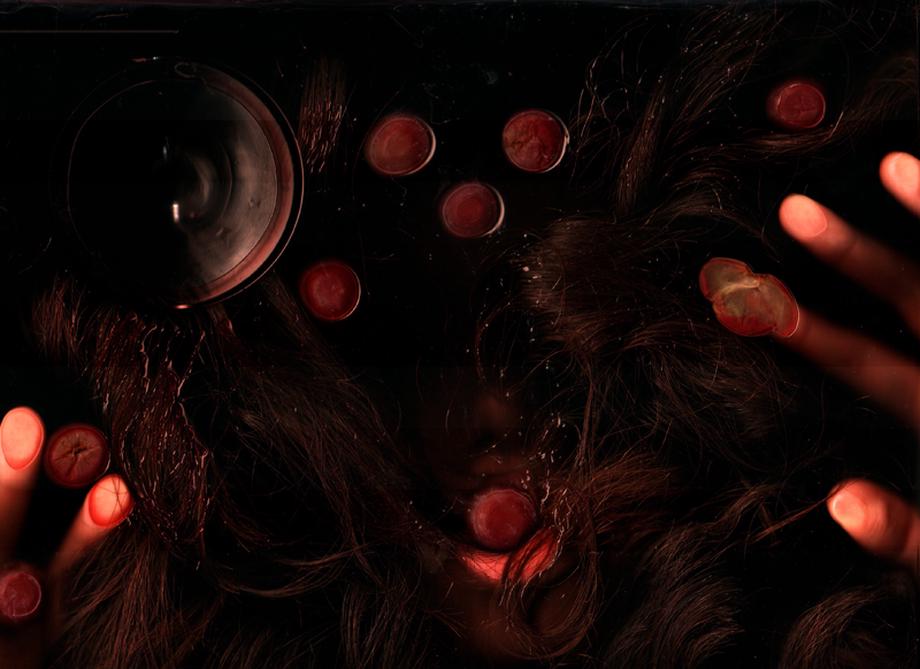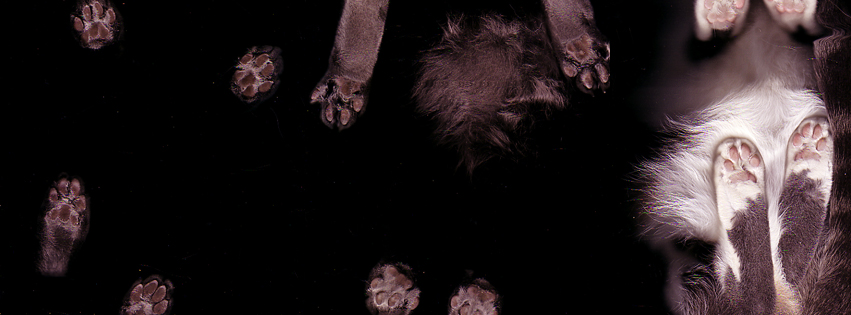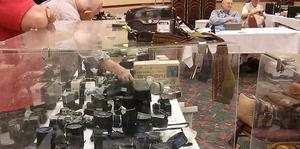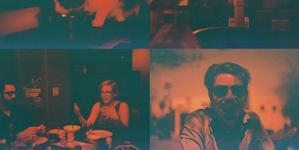
One thing led to another. A fleeting interest in cat scans--that is, flatbed scanner images of cats' underbellies--inspired me to do more with my dated, consumer-level scanner.

The results of my flesh translated into this compressed space recalls Katerina Jebb's portraits of Tori Amos for the From the Choirgirl Hotel album art. Jebb used a full body-sized photocopier to capture her subject. I vaguely remember underwear ads made in this style in the '90s as well.

I am drawn to the negative space which is black as the night. I also like the disorienting canvas and how objects seem to defy gravity. I have found a means to an end I was seeking years ago. In an old notebook, I had plans to do a photo series where my flesh is uncomfortably pressed against rich-hued spices and textures. The flatbed scanner is easy and gratifying: just arrange a composition, tweak some settings for exposure, and hit Scan. The only caveat is the discomfort of awkwardly posing and sitting still for over a minute.

In addition to their stunning aesthetic, the philosophy behind the technological process of scanning fascinates me. These scans occupy a completely different time and space than regular photographs. In a camera, the two-dimensional image is created when light focused by a lens hits all the gelatin silver particles or pixel sensors simultaneously. But in a flatbed scanner, the image is created one line at a time: one-dimensionally.

